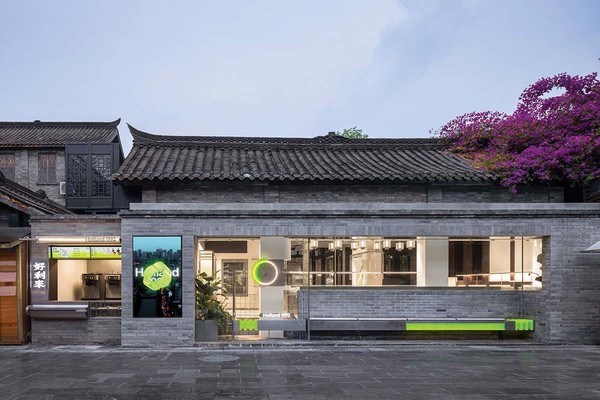
HOLILAND 1992 CONCEPT STORE - SOME THOUGHTS SPATIAL DESIGN AND RESEARCH OFFICE © Shao Feng
Kuanzhai Alley, known for its historical architecture form for being the last relic of ancient Chengdu, it has been the epitome associated with the continuation of history and also a rare example of northern Hutong culture
applied in the south. From the residence for military in Qing Dynasty to the modern culture-infused business district, Kuanzhai alley has always been
an embodiment that embraces the contemporary trends and fosters a view towards the future.
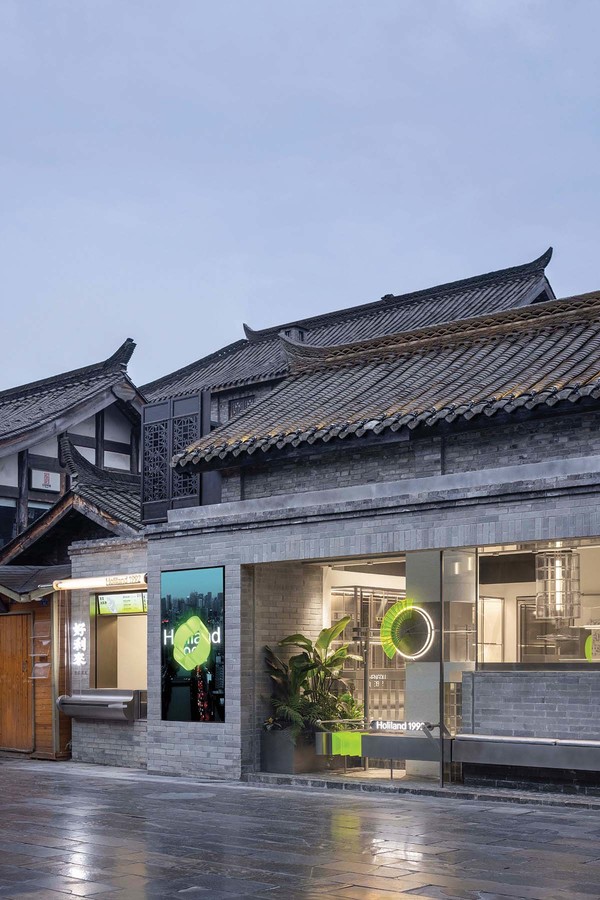
HOLILAND 1992 CONCEPT STORE - SOME THOUGHTS SPATIAL DESIGN AND RESEARCH OFFICE © Shao Feng
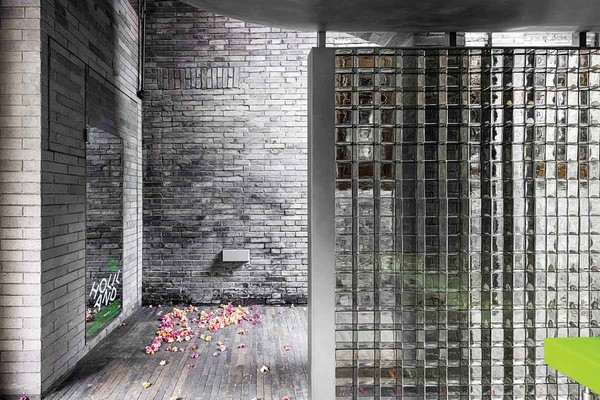
HOLILAND 1992 CONCEPT STORE - SOME THOUGHTS SPATIAL DESIGN AND RESEARCH OFFICE © Shao Feng
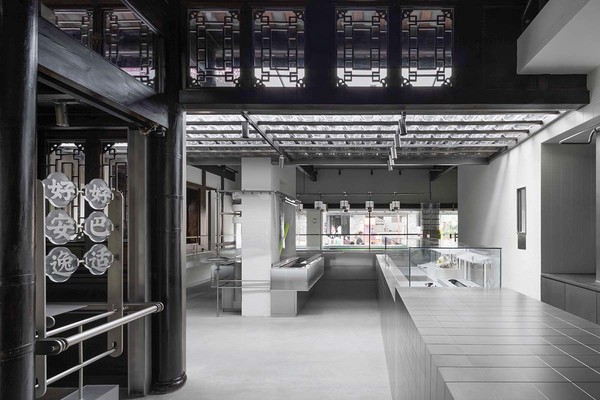
HOLILAND 1992 CONCEPT STORE - SOME THOUGHTS SPATIAL DESIGN AND RESEARCH OFFICE © Shao Feng
Set in Kuanzhai Alley, Holiland 1992 Concept Store is conceived to pay tribute to the tradition with contemporary design methods and retrospect the development of the brand in the past decade since its establishment. In finalizing the concept, Some Thoughts believes that by derivate from a certain kind of style-driven design, whereas pursues a relationship between "forms" and "material origins" beyond times that our reflections towards traditions in a historical space could come into being.
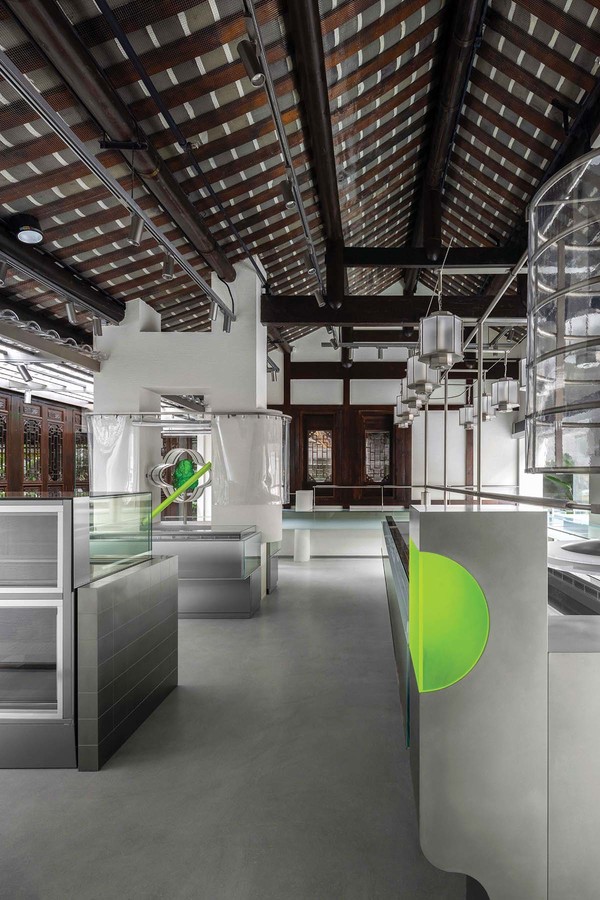
HOLILAND 1992 CONCEPT STORE - SOME THOUGHTS SPATIAL DESIGN AND RESEARCH OFFICE © Shao Feng
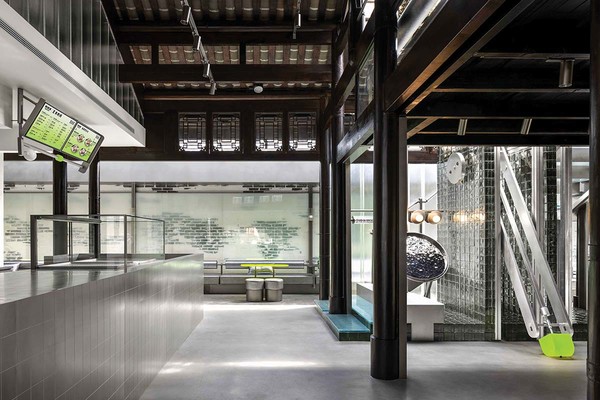
HOLILAND 1992 CONCEPT STORE - SOME THOUGHTS SPATIAL DESIGN AND RESEARCH OFFICE © Shao Feng
By further articulating the relationship between commodities and materials, we discover the fact that bakeries obviously differentiate glass bricks, tiles in terms of its using and specifications in the space. However, tracing back to the manufacturing process of these items, a common feature that a fragile yet tangible solidity has been generated when the liquid is cooled at high temperature. Confronting the universality endowed in the elevation of convention to modernity, Some Thoughts expect to empower the interior with a completely new order and be re-understood and approached by the public. The glass tiles act as the filter to introduce the light, which plays and compliments with the roughness of materials in the entire space. A sense of ever-changing juxtaposition has been presented to the visitors as time goes on through the refract and diffuse of lights in space.
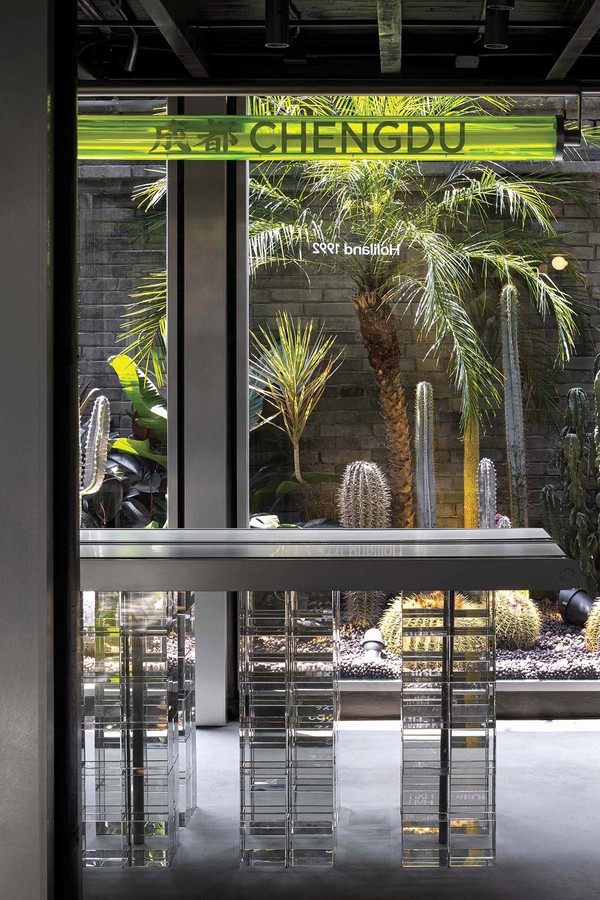
HOLILAND 1992 CONCEPT STORE - SOME THOUGHTS SPATIAL DESIGN AND RESEARCH OFFICE © Shao Feng
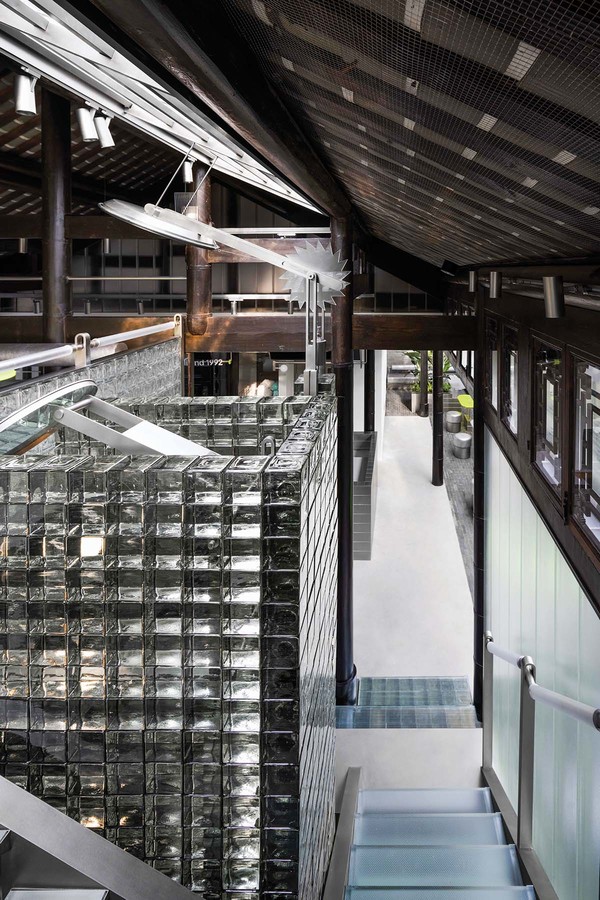
HOLILAND 1992 CONCEPT STORE - SOME THOUGHTS SPATIAL DESIGN AND RESEARCH OFFICE © Shao Feng
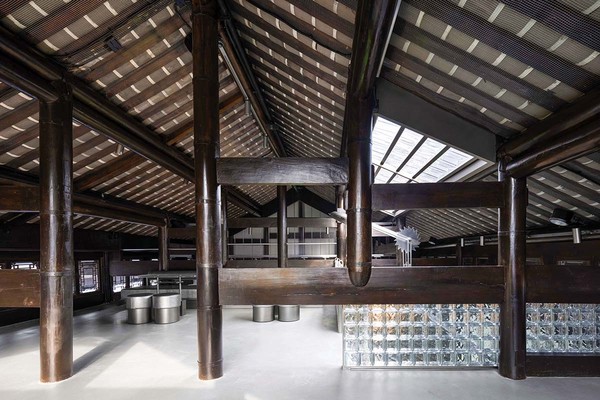
HOLILAND 1992 CONCEPT STORE - SOME THOUGHTS SPATIAL DESIGN AND RESEARCH OFFICE © Shao Feng
The designer attempts to re-optimize the visual points that often enshrine in a historical building by punctuating the interplay between installation and architecture. Hence, the visual impact has been extended and the blunt visual symbols are therefore blurred during one's journey in the store. Visitors are guided with immersive exploration into tradition and contemporary in the carefully choreographed space, where the interior design represents a certain emotional context, and introduces a perceptible space to the public.
현대적 디자인으로 전통에 경의를 표하는, HOLILAND 1992 CONCEPT STORE
- 정혜영 기자
- 2021-10-16 15:09:23
- 조회수 528
- 댓글 0
정혜영 기자
저작권자 ⓒ Deco Journal 무단전재 및 재배포 금지











0개의 댓글
댓글 정렬